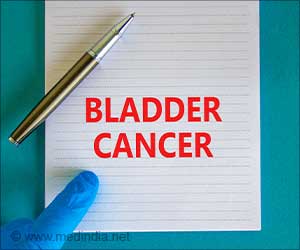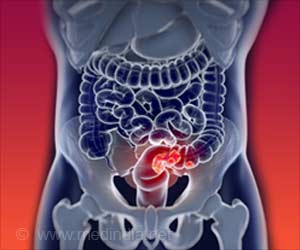LDCT can be highly effective in helping clinicians spot tiny lung nodules which, in a small number of patients, may indicate the earliest stages of the disease, according to a study.

"Lung cancer is the leading cause of cancer-related death and has a poor survival rate," said Sue Yoon, nurse practitioner at VA Boston HealthCare West Roxbury Division. "Most of our veterans in these ages have a heavy smoking history and early screening is desirable to improve outcomes. Our study was undertaken to learn how often we would discover significant abnormalities and how to adapt our existing processes and interdisciplinary approaches to accommodate additional patients."
Conducted according to guidelines set forth by the National Comprehensive Cancer Network (NCCN), the study was based in part on the results of the National Lung Cancer Screening Trial (NLST) which found that LDCT resulted in a 20 percent reduction of lung cancer mortality compared to chest x-ray among heavy smokers aged 55 to 74 years.
The study enrolled 56 patients with a median age of 61 to 65 years and who had a smoking history of more than 30 pack years or 20 pack years and one additional cancer risk factor, such as occupational exposure to carcinogens or personal or family history of cancer or COPD.
After reviewing LDCT scans of each patient, the researchers found that 31 patients had a nodule of 4mm or larger or another abnormal opacity, six of which were deemed suspicious for malignancy. The study also found that 34 patients had more than one nodule. Four patients were diagnosed with biopsy-proven lung cancer.
"Our preliminary rate of lung cancer diagnosis after the first round of screening was 7 percent, which was significantly higher than NLST group, which had a preliminary rate of 3.8 percent at its first round," Ms. Yoon said." In addition, detection of nodules larger than 4mm was 55 percent in our group compared to 27 percent in the NLST group."
While the results of both this study and the NLST suggest regular screening with LDCT technology can help identify patients in the early stages of cancer, establishing and supporting a regular screening program requires significant resources and may not be feasible in all locations or for all populations, Ms. Yoon added. In addition, because the LDCT is highly sensitive, most of the nodules it spots are benign, and are often due to inflammation or scarring.
"Although we plan to continue and expand the LDCT screening program, this will require additional planning and, potentially, resources," she added. "Currently we are using a gatekeeper approach, to ensure tracking of nodules and other abnormalities that are discovered during screening LDCT."
Source-Newswise
 MEDINDIA
MEDINDIA



 Email
Email










